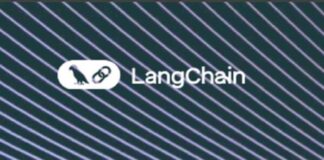The developer teams working on the Tezos blockchain have introduced a new set of upgrades called “Tezos X.” These upgrades are expected to significantly improve performance, composability, and interoperability. The roadmap for the next two years includes plans to separate transaction execution into a “canonical rollup” that will support atomic transactions across smart contracts written in various programming languages. The main Tezos blockchain will continue to handle consensus and settlement.
The announcement was made by developer teams from Nomadic Labs, TriliTech, and Functori. Tezos, founded by Arthur and Kathleen Breitman, raised an impressive $232 million in an initial coin offering in 2017. However, despite high expectations, the project has faced challenges in maintaining its position among the top blockchain projects. With a token market capitalization of $749 million, Tezos currently ranks around 80th based on CoinDesk data, and the native XTZ token is significantly below its all-time high.
In 2022, developers began efforts to scale up the Tezos network, with a focus on Smart Rollups as a key scaling technology. This approach involves a dedicated second layer for transaction execution, while consensus and settlement are ensured by the layer-1 blockchain. Additionally, a dedicated data-availability layer will be implemented on the Tezos main network.
The new roadmap for Tezos resembles Ethereum’s scaling efforts, which have involved offloading transaction execution to layer-2 networks. However, Tezos aims for a more streamlined approach by using a single rollup for transaction execution, in contrast to Ethereum’s multiple layer-2 networks. The goal is to create a canonical rollup that can handle a wide range of activities on the Tezos network.
One of the unique aspects of the Tezos plan is the evolution from a monolithic to a modular design. This means that interconnected groups of nodes will take on different roles while maintaining a cohesive experience for developers and users. The canonical rollup, expected to be implemented by 2026, is designed to meet the needs of various use cases on the Tezos network.
Overall, the Tezos blockchain roadmap outlines a strategic shift towards scalability and improved performance through innovative technologies like Smart Rollups and a modular design. By leveraging these advancements, Tezos aims to enhance its position in the competitive blockchain landscape and provide a more efficient and decentralized experience for its users.














